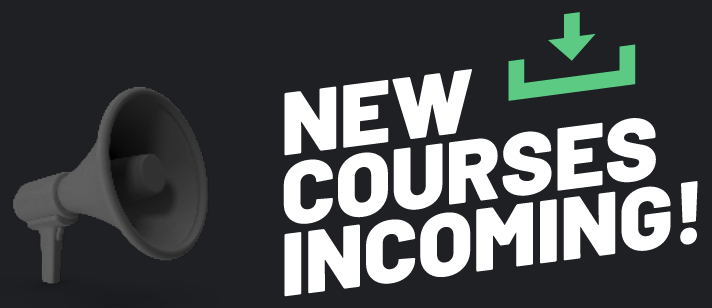People often approach me with questions like the one mentioned in this post’s title.
They’re aware of my affinity for Mem, yet they’re also intrigued by the stunning app Tana, which I equally adore.
Both apps fall under the umbrella of “note-taking apps,” leading people to believe they must choose between the two.
I find the term “note-taking app” misleading, as it groups together apps with distinct primary functions.
To illustrate, let’s consider one key difference within the note-taking app realm.
Some tools are designed for quickly capturing thoughts, while others facilitate more in-depth thinking and exploration.
As a result, comparing these apps directly isn’t productive or fair, for example, comparing Mem to Tana.
To better understand this distinction, let’s first define the two thinking processes that drive the primary difference between various note-taking apps.
Intuitive Storage and Effortless Retrieving (Anarchical Thinking) vs. Mastering Clarity (Structured Thinking)
I’ve always distinguished between anarchical thinking and structured thinking.
Anarchical thinking examples:
- Taking notes during a meeting.
- Jotting down points while on a phone call.
- Capturing information while watching a presentation.
Structured thinking examples:
- Planning a meeting.
- Preparing for a phone call.
- Designing a presentation.
As you can see, these are fundamentally different approaches. In fact, the way our brains operate when engaged in each process is quite distinct.
It’s crucial to recognize the primary purpose of each app and identify where it truly excels.
By doing so, you can harness the strengths of both approaches and enhance your productivity system and work habits.
That’s how you can take advantage of both and boost the performance of your productivity system and how you work.
Unraveling the Tana-Mem Conundrum
This is the question I’m often asked by those who reach out to me.
My reply?
Both apps excel when used for their intended purposes.
In fact, I recommend leveraging each app’s strengths.
That’s how I view them: as complementary tools.
By embracing their unique capabilities, I optimize my productivity system and enhance my performance.
Unlocking Tana’s Potential: My Personal Approach
I use Tana exclusively as an outliner. Nothing more.
Outliners embody structured thinking, where you pour out your ideas and then organize them to make sense.
You rearrange elements, delve deeper into specific points (nodes), and zoom out to gain a clear overview.
By doing so, you can:
- Craft engaging presentations for your audience.
- Compose persuasive emails.
- Organize meetings that drive progress towards your goals.
In essence, Tana is a tool for refining your thought process, an aspect of the PKM world that differs from mere storage and retrieval, where Mem and other apps truly stand out.
Mem: My Go-To Repository for Intuitive Storage and Effortless Information Retrieval
For me, Mem is that cherished container where I can effortlessly store and retrieve information.
Before discovering Mem, I used Evernote, Craft, Notion, and Obsidian.
Let me share my perspective on each of these apps for my use case.
Keep in mind that everyone develops their own productivity system, so what I’m about to share is based on my own experiences and how my brain, work, and personal realities align with these apps.
- Evernote and Craft demand extensive structure to organize information.
- I don’t consider Notion a note-taking app. Instead, it’s a versatile solution for storing information using databases and no-code features.
- Obsidian overcomplicates basic functions that other apps provide with ease, saving me time. On top of that, I don’t believe in local storage.
That’s why I chose Mem years ago.
Mem doesn’t require elaborate organization to store information.
I’ve consistently been able to retrieve stored data without issue, which was initially surprising, given my previous experiences with folder/tag-based systems.
I use Mem for storing unstructured info such as meeting notes, scripts, and any thoughts I can jot down.
I’m in Mem constantly, as I make it a point to write everything down.
This gives me a sense of control, knowing that nothing will be lost, and a relaxing status, releasing my brain because I can quickly write things down liberating my mind.
Takeaways
Be cautious with the label “note-taking app.”
This category encompasses a vast array of tools.
It’s a common misconception that these apps are all the same and can be compared directly.
Instead, concentrate on understanding the core features of each app, examining and analyzing how they might complement your existing workflows.
By harnessing the best features from each app, I assure you that your productivity system will accelerate your progress towards achieving your goals!




